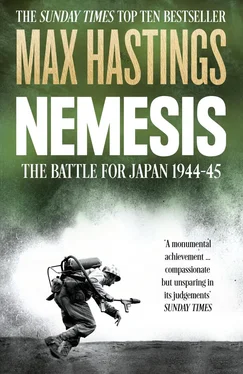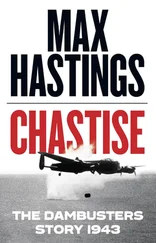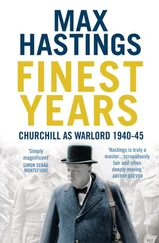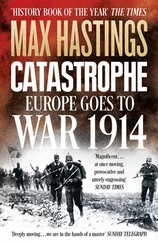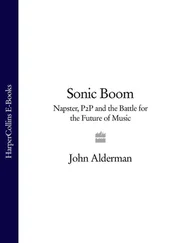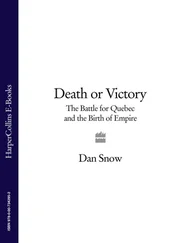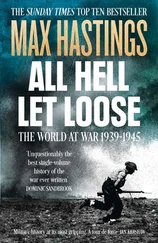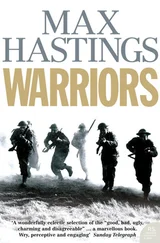Oral evidence collected in the early twenty-first century by interviewing men and women who witnessed events more than sixty years earlier is immensely valuable in illustrating moods and attitudes. But old people have forgotten many things, or can claim to remember too much. Those who survive today were very young in the war years. They held junior ranks and offices, if indeed any at all. They knew nothing worth rehearsing about events beyond their own eyesight and earshot. The reflections of their age group cannot be considered representative of a nation’s mindset and behaviour in 1944-45. It is essential to reinforce their tales with written testimony from those who were at the time more mature and exalted.
It is notable how swiftly historical perceptions change. For instance, in post-war Japan General Douglas MacArthur was a hero, an icon, almost a god, in recognition of his perceived generosity to the Japanese people in defeat. But a modern historian, Kazutoshi Hando, says: ‘In Japan today, MacArthur is almost unknown.’ Similarly, a Chinese historian told me that few of his young compatriots have heard of Stalin. I feel obliged to restate a caveat which I entered in the foreword of Armageddon: statistics given here are the best available, but all large numbers related to the Second World War must be treated warily. Figures detailing American and British activities—though emphatically not their contemporary estimates of losses inflicted on the enemy—are credible, but those of other nations are disputed, or represent guesstimates. For instance, although the rape of Nanjing falls outside the compass of my narrative, I am persuaded that Iris Chang’s well-known book claims a death toll for the city in excess of its actual, rather than previously recorded, 1937 population. This does not invalidate the portrait of horror which she depicts, but it illustrates the difficulty of establishing credible, never mind conclusive, numbers.
The longer I write books about the Second World War, the more conscious I become that a fundamental humility is necessary when offering judgements upon those who conducted it. Harold Macmillan, British minister in the Mediterranean 1943-45 and later prime minister, once told me a story of his last encounter with Field Marshal Earl Alexander, wartime Allied commander-in-chief in Italy: ‘We were going into the theatre together, and I turned to him and said one of those old man’s things: “Alex, wouldn’t it be lovely to have it all to do over again.” Alexander shook his head decisively. “Oh, no,” he said. “We might not do nearly so well.”’ Those of us who have never been obliged to participate in a great war seem wise to count our blessings and incline a bow to all those, mighty and humble, who did so.
MAX HASTINGS
Hungerford, England and Kamogi, Kenya
April 2007
1 Dilemmas and Decisions
1 WAR IN THE EAST
Our understanding of the events of 1939-45 might be improved by adding a plural and calling them the Second World Wars. The only common strand in the struggles which Germany and Japan unleashed was that they chose most of the same adversaries. The only important people who sought to conduct the eastern and western conflicts as a unified enterprise were Franklin Roosevelt, Winston Churchill and their respective chiefs of staff. After the 7 December 1941 Japanese attack on Pearl Harbor caused the United States to become a belligerent, Allied warlords addressed the vexed issue of allocating resources to rival theatres. Germany was by far the Allies’ more dangerous enemy, while Japan was the focus of greater American animus. In 1942, at the battles of the Coral Sea in May and Midway a month later, the US Navy won victories which halted the Japanese advance across the Pacific, and removed the danger that Australia might be invaded.
Through the two years which followed, America’s navy grew in strength, while her Marines and soldiers slowly and painfully expelled the Japanese from the island strongholds which they had seized. But President Roosevelt and Gen. George Marshall, chairman of the joint chiefs of staff, resisted the demands of Admiral Ernest King, the US Navy’s C-in-C, and of Gen. Douglas MacArthur, supreme commander in the south-west Pacific, for the eastern theatre to become the principal focus of America’s war effort. In 1943 and 1944, America’s vast industrial mobilisation made it possible to send large forces of warships and planes east as well as west. Most US ground troops, however, were dispatched across the Atlantic, to fight the Germans. Once Japan’s onslaught was checked, the Allies’ eastern commanders were given enough forces progressively to push back the enemy, but insufficient to pursue a swift victory. The second-class status of the Japanese war was a source of resentment to those who had to fight it, but represented strategic wisdom.
The US and Britain dispatched separate companies to Europe and Asia, to perform in different plays. Stalin, meanwhile, was interested in the conflict with Japan only insofar as it might offer opportunities to amass booty. ‘The Russians may be expected to move against the Japanese when it suits their pleasure,’ suggested an American diplomat in an October 1943 memorandum to the State Department, ‘which may not be until the final phases of the war—and then only in order to be able to participate in dictating terms to the Japanese and to establish new strategic frontiers.’ Until 8 August 1945, Soviet neutrality in the east was so scrupulously preserved that American B-29s which forced-landed on Russian territory had to stay there, not least to enable their hosts to copy the design.
To soldiers, sailors and airmen, any battlefield beyond their own compass seemed remote. ‘What was happening in Europe really didn’t matter to us,’ said Lt John Cameron-Hayes of 23rd Indian Mountain Artillery, fighting in Burma. More surprising was the failure of Germany and Japan to coordinate their war efforts, even to the limited extent that geographical separation might have permitted. These two nominal allies, whose fortunes became conjoined in December 1941, conducted operations in almost absolute isolation from each other. Hitler had no wish for Asians to meddle in his Aryan war. Indeed, despite Himmler’s best efforts to prove that Japanese possessed some Aryan blood, he remained embarrassed by the association of the Nazi cause with Untermenschen. He received the Japanese ambassador in Berlin twice after Pearl Harbor, then not for a year. When Tokyo in 1942 proposed an assault on Madagascar, the German navy opposed any infringement of the two allies’ agreed spheres of operations, divided at 70 degrees of longitude.
A Japanese assault on the Soviet Union in 1941-42, taking the Russians in the rear as they struggled to stem Hitler’s invasion, might have yielded important rewards for the Axis. Stalin was terrified of such an eventuality. The July 1941 oil embargo and asset freeze imposed by the US on Japan—Roosevelt’s clumsiest diplomatic act in the months before Pearl Harbor—was partly designed to deter Tokyo from joining Hitler’s Operation Barbarossa. Japan’s bellicose foreign minister, Yosuke Matsuoka, resigned in the same month because his government rejected his urgings to do so.
Only in January 1943, towards the end of the disaster of Stalingrad, did Hitler made a belated and unsuccessful attempt to persuade Japan to join his Russian war. By then, the moment had passed at which such an intervention might have altered history. Germany’s Asian ally was far too heavily committed in the Pacific, South-East Asia and China, gratuitously to engage a new adversary. So perfunctory was Berlin’s relationship with Tokyo that when Hitler gifted to his ally two state-of-the-art U-boats for reproduction, German manufacturers complained about breaches of their patent rights. One of Japan’s most serious deficiencies in 1944-45 was lack of a portable anti-tank weapon, but no attempt was made to copy the cheap and excellent German Panzerfaust.
Читать дальше
